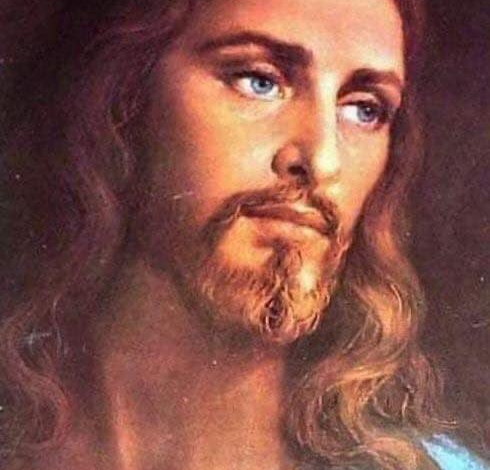
For centuries, Western art has portrayed Jesus Christ as a figure with fair skin, light brown or blonde hair, and European features. These depictions, deeply ingrained in religious and cultural consciousness, have shaped how millions imagine the central figure of Christianity. However, recent advances in archaeology, forensic anthropology, and historical research suggest that these traditional images may be far from accurate.
The Traditional Image of Jesus
Throughout history, artists have often depicted Jesus based on the cultural and racial norms of their time and place. In Western Europe, during the Renaissance, painters like Leonardo da Vinci and Michelangelo crafted images of Jesus that reflected the appearance of the people around them. These images, featuring a fair-skinned, long-haired, and often blue-eyed Jesus, became iconic and were widely reproduced in churches, homes, and religious texts.
This Westernized image of Jesus has endured for centuries, influencing not only religious art but also how believers and non-believers alike envision Jesus. However, as the world has grown more diverse and interconnected, there has been a growing interest in understanding what Jesus, a Jewish man from the Middle East, might have actually looked like.
The Quest for Historical Accuracy
In recent years, researchers have turned to a combination of historical texts, archaeological evidence, and forensic science to reconstruct a more accurate image of Jesus. These efforts are part of a broader trend in which scholars seek to understand historical figures in their original cultural and geographical contexts, rather than through the lens of later interpretations.

One of the most significant sources of information comes from the study of ancient Jewish skeletal remains from the region where Jesus lived. By analyzing these remains, scientists can make educated guesses about the physical characteristics common among Jewish men in first-century Judea. These findings suggest that Jesus would likely have had darker skin, a more typical Middle Eastern complexion, and facial features that are quite different from the Westernized depictions.
Forensic Anthropology’s Role
Forensic anthropology, a field often used in criminal investigations to reconstruct the appearances of unidentified individuals, has also played a crucial role in this research. By using the latest techniques in facial reconstruction, scientists have created images that they believe are more consistent with the likely appearance of a Jewish man living in the region during the time of Jesus.
One such reconstruction, which garnered significant attention, depicts Jesus with a broader face, a short, curly beard, and short, dark hair. This image stands in stark contrast to the long-haired, pale-skinned Jesus familiar to many, offering a new perspective that aligns more closely with the physical traits of people from that area and time.

The Impact of Cultural Bias
The differences between traditional depictions and these new reconstructions highlight the impact of cultural bias on how historical figures are portrayed. Throughout history, artists have often unconsciously projected their own cultural and racial characteristics onto the subjects of their work. This phenomenon is not unique to depictions of Jesus; it has occurred with many historical figures, from Cleopatra to King Arthur.
These biases have significant implications, particularly in the context of religion. For many, the image of Jesus is not just a representation of a historical figure but also a symbol of faith, love, and compassion. As such, reimagining what Jesus might have looked like can be a sensitive issue, touching on deeply held beliefs and traditions.
A New Understanding
Despite the potential for controversy, the effort to create a more historically accurate image of Jesus is important for fostering a better understanding of history and the cultural context in which Christianity emerged. By embracing a more accurate representation, scholars and believers alike can gain a deeper appreciation for the life and times of Jesus, as well as the diverse cultural heritage of the region.

Richard Neave
This new image of Jesus, while challenging to some, invites reflection on how cultural perceptions shape our understanding of history. It encourages a broader conversation about diversity and representation, not only in religious art but also in how we think about the past.
Conclusion: A Broader Perspective
As more people become aware of these new reconstructions, the traditional image of Jesus may evolve, reflecting a broader and more inclusive understanding of his origins. While this reimagining may challenge long-held perceptions, it also offers an opportunity to connect more authentically with the historical figure at the heart of one of the world’s major religions. The journey to discover what Jesus truly looked like is ongoing, but it is a journey that enriches our understanding of history, culture, and faith.
Source: allchronology.com







